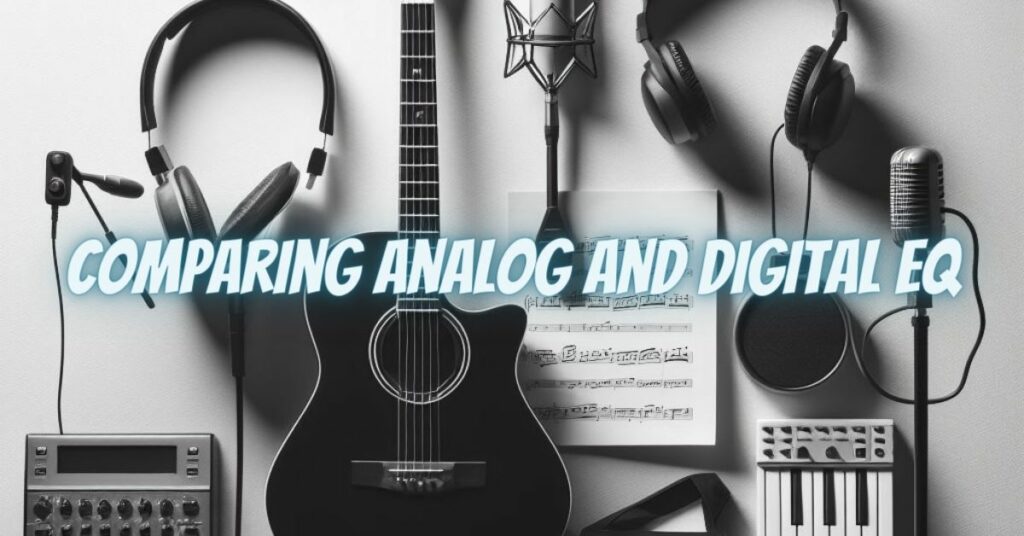In the world of audio processing, the debate between analog and digital technologies has raged on for years. When it comes to equalization (EQ), some audiophiles and professionals swear by analog EQ as the superior choice. But is analog EQ really better, or is it a matter of preference and context? In this article, we’ll explore the characteristics of analog EQ, its advantages, limitations, and how it compares to digital EQ to help you decide if it’s the right choice for your audio needs.
The Charms of Analog EQ
Analog equalization refers to hardware-based EQ units that use analog circuitry and components to process audio signals. Here are some of the advantages that make analog EQ appealing:
- Warmth and Color: Analog EQs are renowned for imparting a warm, harmonically rich color to the audio. Many engineers and musicians find that analog EQ adds a pleasing sonic character that digital EQs often lack.
- Surgical Precision: Analog EQs provide precise control over audio frequencies, making them suitable for subtle adjustments or surgical corrections. The tactile knobs and faders allow for intuitive and tactile fine-tuning.
- No Latency: Analog EQs operate without the inherent latency associated with digital signal processing, making them a preferred choice in real-time audio applications like live sound.
- Vintage Gear Appeal: Many classic and vintage analog EQ units are celebrated for their unique sonic characteristics. Vintage gear enthusiasts often prefer analog for its nostalgic and collectible value.
The Limitations of Analog EQ
Despite its merits, analog EQ does come with certain limitations:
- Cost: Quality analog EQ hardware can be expensive, making it less accessible for budget-conscious users.
- Limited Recall: Analog settings are not easily recallable. Replicating precise settings can be challenging, especially when working on complex projects or in a studio environment where multiple tracks need consistent EQ settings.
- Size and Portability: Analog hardware can be bulky and less portable compared to digital plugins and processors.
- Noise and Interference: Analog gear can introduce inherent noise and susceptibility to interference, which digital processing can largely eliminate.
Comparing Analog and Digital EQ
The choice between analog and digital EQ depends on various factors, including your preferences, the nature of your audio work, and your budget. Here’s a quick comparison:
- Sound Quality: Analog EQs are favored for their warm and harmonically rich sound, while digital EQs can offer cleaner, more transparent processing.
- Precision: Digital EQs excel in precision and flexibility, allowing for intricate adjustments and easy recall. Analog EQs offer tactile control but may lack the same level of precision.
- Latency: Analog EQs are ideal for real-time applications due to their zero latency. Digital EQs may introduce some latency, but it’s usually negligible.
- Cost: Digital EQs, whether as software plugins or hardware processors, are often more affordable than quality analog gear.
The question of whether analog EQ is better depends on your specific needs and your affinity for its sonic characteristics. While analog EQ is celebrated for its warmth, color, and tactile control, it may not always be the most practical or cost-effective choice. In contrast, digital EQ offers precision, flexibility, and easy recall, making it a popular option in many audio production scenarios.
Ultimately, the choice between analog and digital EQ comes down to personal preference, your project requirements, and your budget. Many modern audio professionals use a combination of both technologies to harness the strengths of each, providing a versatile toolkit for audio processing and equalization.


